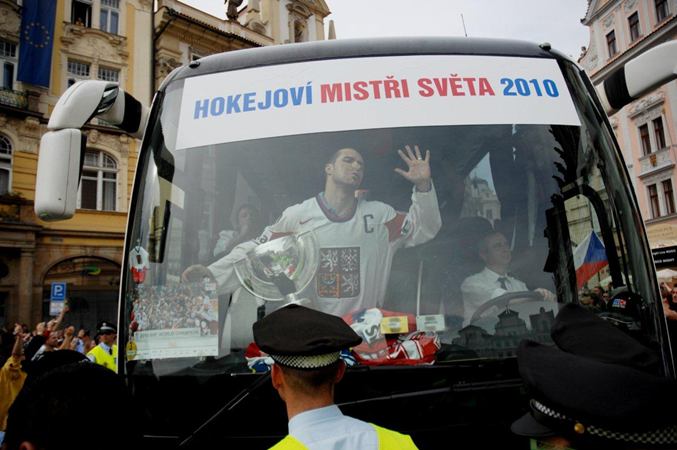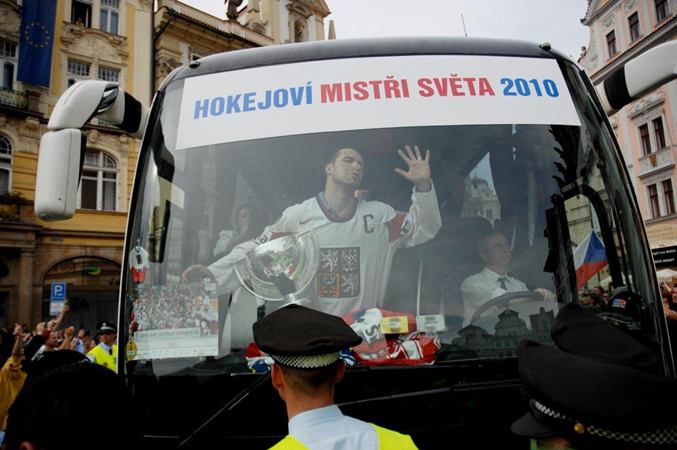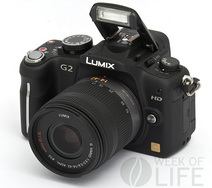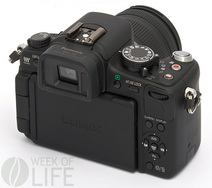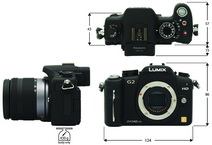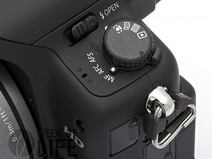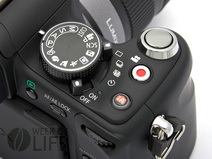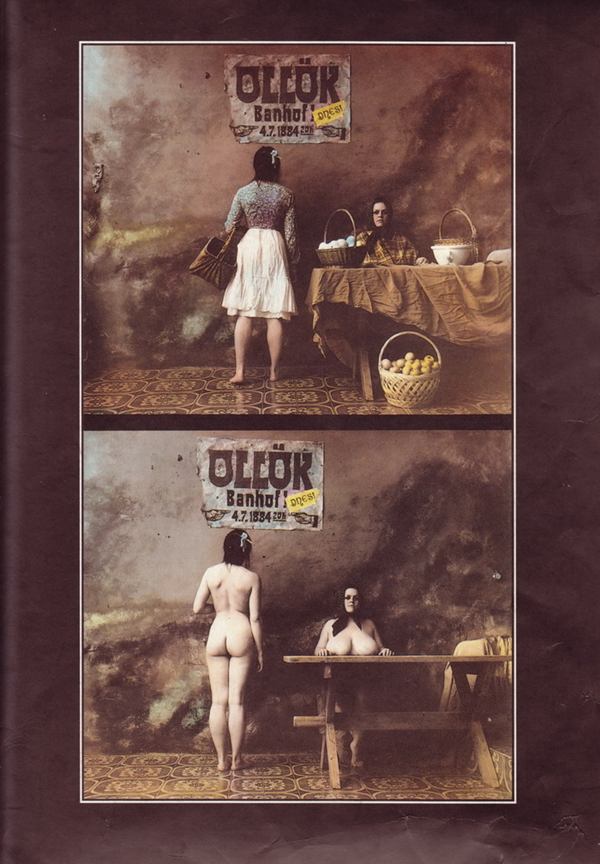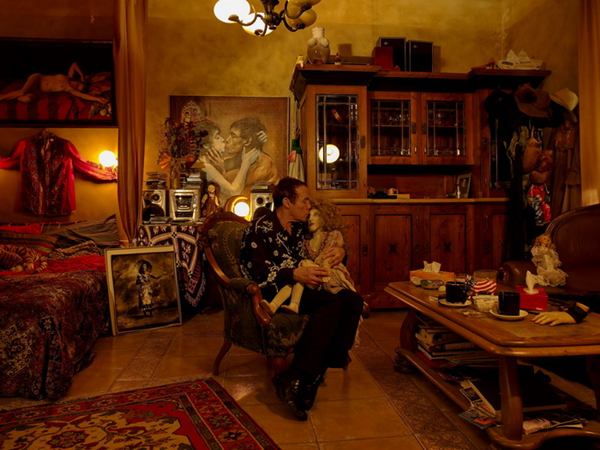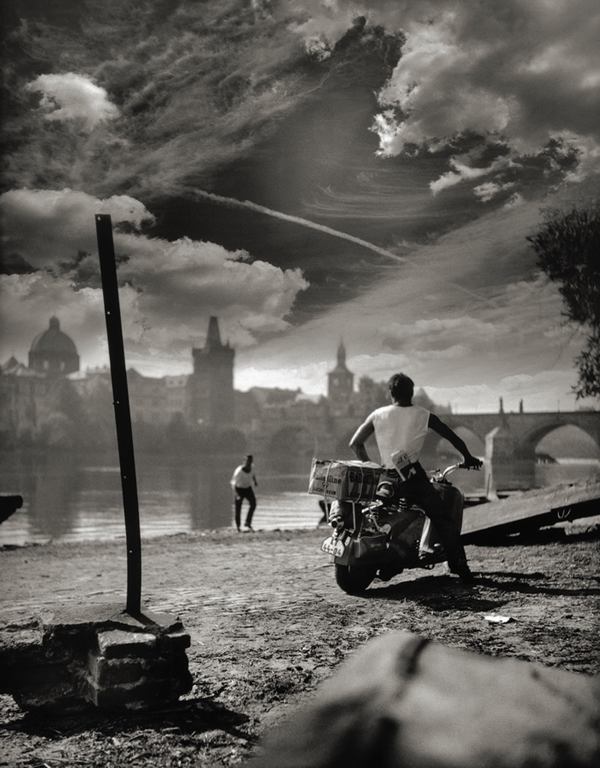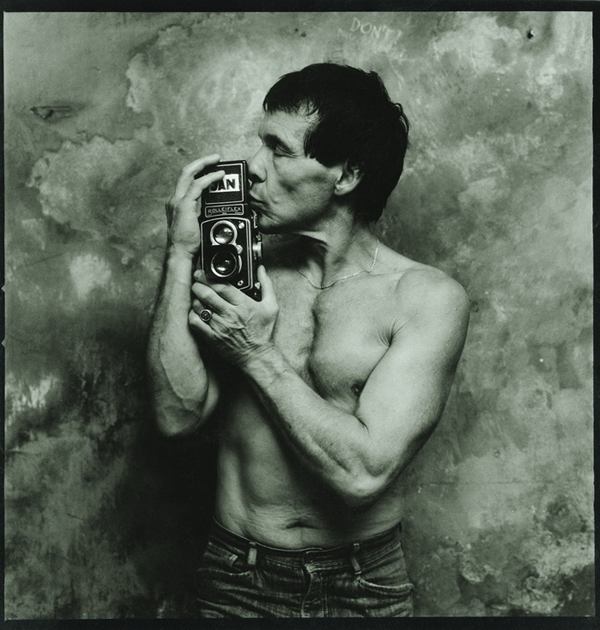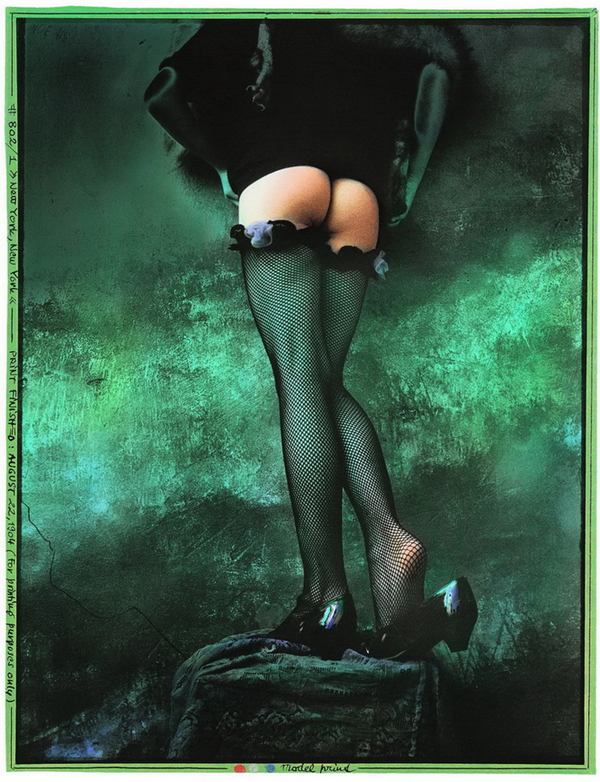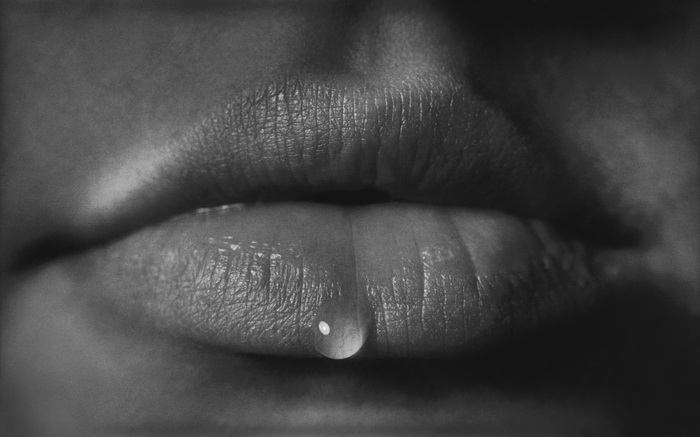Ян Саудек
Для людей, живущих фотографией, в частности, художественной, нет необходимости представлять живую легенду мирового масштаба, Яна Саудека. Мы добивались этого интервью еще с тех пор, как начали работать над первым изданием журнала Week of Life. С Яном Саудеком, как с королем. Необходимо терпеливо ждать, когда его помощники сообщат вам об аудиенции, в назначенное время и в определенном месте. Опоздай на 5 минут, и дверь уже закрыта. Именно основатель Week of Life, Адольф Зика, снявший документальный фильм о Ян6е Саудеке (который был премирован Glass Eye в Монреале), взял это интервью. 75-летний уважаемы и весьма харизматичный художник пребывал в хорошем настроении, всецело наслаждаясь жизнью. Неудивительно, ведь всего несколько дней назад было обнаружено, что неизлечимая болезнь, диагноз о которой поставили врачи, каким-то образом исчезла. Возможно, она побоялась отличного физического состояния Яна и отступила, позволив ему вздохнуть свободно и дав в полной мере насладиться жизнью. Ян Саудек является одним из самых важных персон Чехии, которому удалось получить поддержку Соединенных Штатов и подняться так высоко. Давайте же обратимся к его мыслям и идеям, которыми успел поделиться Ян Саудек с нами о сегодняшней информационной эре.
1) Ян, вы думаете, что в эпоху сегодняшних технологий, это правильно раскрывать личную жизнь и давать увидеть течение жизни другим людям со всего мира?
Частная жизнь одного является частной жизнью всех. В нашем современном стремительном мире нет времени для пряток, утаивания или молчания. Это было бы наихудшим сценарием. Так здорово открыть себя миру и показать, что мы все равны, что, я думаю, вписано Конституцию Америки. Да, мы живем в другой среде и привыкли к другим обычаям, убеждениям и людям, но смотря проще на вещи, явно то, что все мы созданы равными.
2) Вы следите за миром интернета и различными социальными сетями?
Вы знаете, нет. Электронная почта разочаровала меня, ровным счетом как и СМИ. Я думаю, что интернет – для людей, которые стесняются сказать правду открыто, не прячась под другим именем, у меня был связанный с этим плохой опыт, вы понимаете, о чем я. Но было бы глупо не пользоваться этими средствами. Это все равно, что ехать верхом на муле посреди современного города, или пользоваться классической фотопленкой и проявлять ее в ванной. Прогресс невозможно остановить, и мы не стремимся, поскольку будет шагом назад игнорировать такие вещи как мобильный телефон или социальные сети. Люди не должны переусердствовать в использовании новшеств, но если если за этим стоит цель, как в случае вашего проекта это способствовать осознанию, что все мы равны, то я говорю «да».
3) Некоторое время назад цифровая фотография вытеснила старую добрую аналоговую.
Считаете ли вы справедливым, что сейчас каждый, кто знает, как нажать на кнопку затвора, может попытать счастье фотографа?
На сегодняшний день проблема в том, что почти все используют фото камеру, и неизбежным является тот факт, что среди миллиардов снимков будет несколько отличных, но к сожалению, только благодаря чистой случайности или совпадению. Это реальность и я бы не стал что-либо менять. Лично я был против цифровой фотографии, а теперь я счастливый обладатель цифровой камеры, поскольку, если ничего другого под рукой, ею можно сделать удивительные фотографии. Но, в то же время, люди используют цифровую камеру с целью обмана, что меня пугает. Вы можете создавать изображение с другим лицом, головой. Но я не буду осуждать за это технологию, поскольку это было бы реакционно. Поэтому я бы назвал ее маскарадом, чествующего человеческую жизнь.
4) Согласны ли вы с тем, что каждый человек в той или иной степени является вуайеристом?
Несомненно! Кроме того, каждый является слегка извращенным и имеет тенденцию к убийству, также как обладает потребностью к вторжению в частную жизнь других, оставаясь сам незаметным. Это естественно. Все зависит от того, насколько мы можем подавить эти тенденции или использовать их в благих целях.
5) Могли бы вы также запечатлеть свою жизнь, как это происходит в рамках нашего проекта, или подобным образом?
Я делаю это постоянно и занимаюсь этим с 1950-х. Задумано это или нет, так проистекает жизнь. Сущность человечества заключается в неспособности принять реальность, в конечном счете, проделывая свой путь, оставляя позади ложь и все воображаемое. Хотя бы для наблюдательного глаза зрителя.
6) Еще раз, могли бы вы представить себя, просматривающим книгу или журнал только ради того, чтобы найти описание одной человеческой жизни за другой?
Мой дорогой, я перегружен информацие鬬¬, поэтому я должен защищать себя от нее, иначе я был бы прикован к компьютеру, не в состоянии делать что-либо еще, так как поток информации слишком сильный. Нет, я бы не смог сделать это, мне нужно жить свою жизнь, документировать ее, и затем передавать идею.
Вот что я могу делать, как это происходит на WoL. Однако мы должны понимать, что жизнь дается лишь раз и я не исключение. Я отношусь с некой настороженностью к тому, что жизнь у нас одна, что у нее нет продолжения. Еще никому не удавалось вернуться и рассказать, что там впереди. Если это действительно так, тогда каждому следует запечатлеть свою жизнь тем или иным способом, чтобы оставить след. Даже если это значить заснять неделю для проекта Week of Life! (После долгой паузы)…Мне нравится проект!
7) Спасибо, отлично сказано. Что Соединенные Штаты значат для Вас?
Да Америка, я имею ввиду Соединенные Штаты, но давайте еще включим Канаду, ради Кохена. Она сыграла огромную роль в моей жизни. Перед войной мне удалось посмотреть диснеевскую Белоснежку, удивительная сказка, непобедимая и по сей день. После войны я познакомился с Поллоком, и с другими отличными людьми, которые тоже были художниками в то время. Что касается музыки, я узнал буги-вуги а затем рок’н’ролл. Я был очень впечатлен, так как я верил, что у них лучшие музыканты в мире. В конце шестидесятых я поехал на Средний Запад, где я встретил человека, который решительно повлиял на мою жизнь. Он работал куратором в чикагском институте искусств, он сказал мне продолжать и никогда не останавливаться. Это был Хью Эдвардс. Человек, изменивший мою жизнь, этот джентльмен из Чикаго.
8) Думаете ли Вы, что Америка уже не та, что была прежде?
На самом деле, я был в Америке несколько раз, и каждый раз я находился под большим впечатлением. Трумен Капоте, Боби Дик, Герман Мелвиль, леди Прулкс. Я до сих пор изумлен. Вполне естественно, что мусора много и в Соединенных Штатах, но выбор остается за нами, я всегда выбирал правильно. Американская культура – это слияние различных культур со всего света включая Россию, Германию, Голландию, культуру коренного населения Америки и так далее. Она оставляет хорошее впечатление. Да, и я не люблю террористов. Это все.


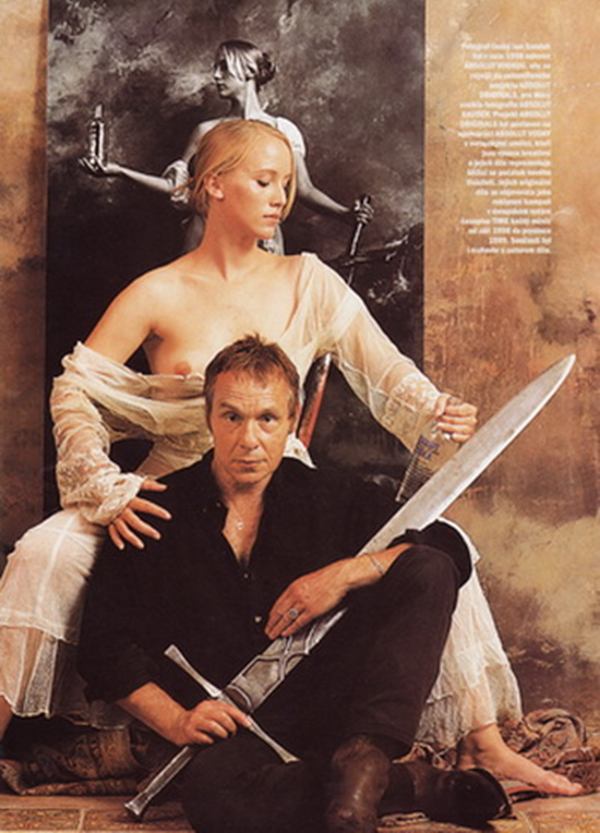
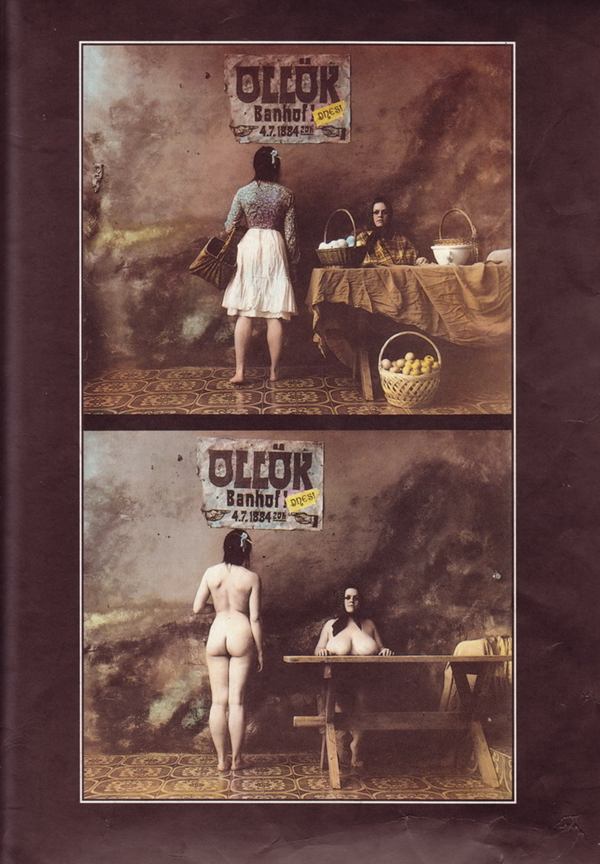
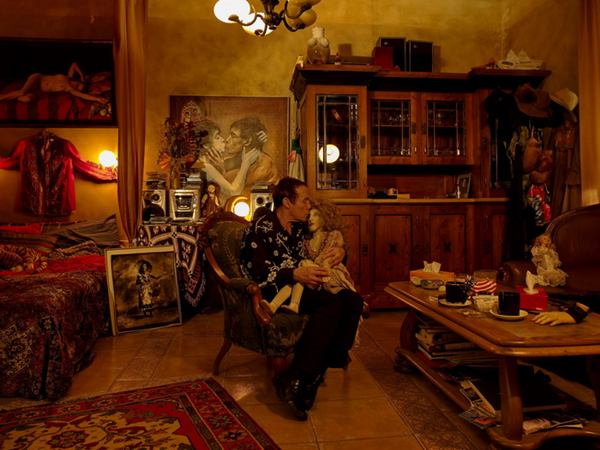
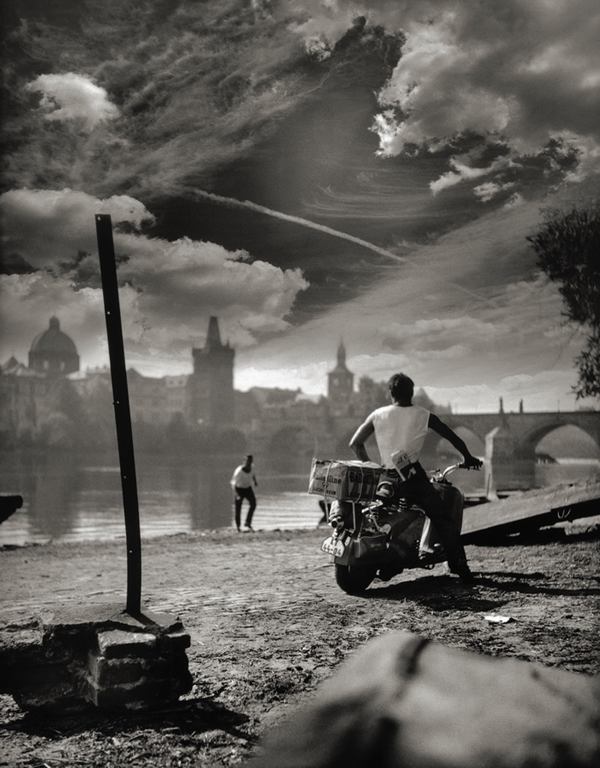


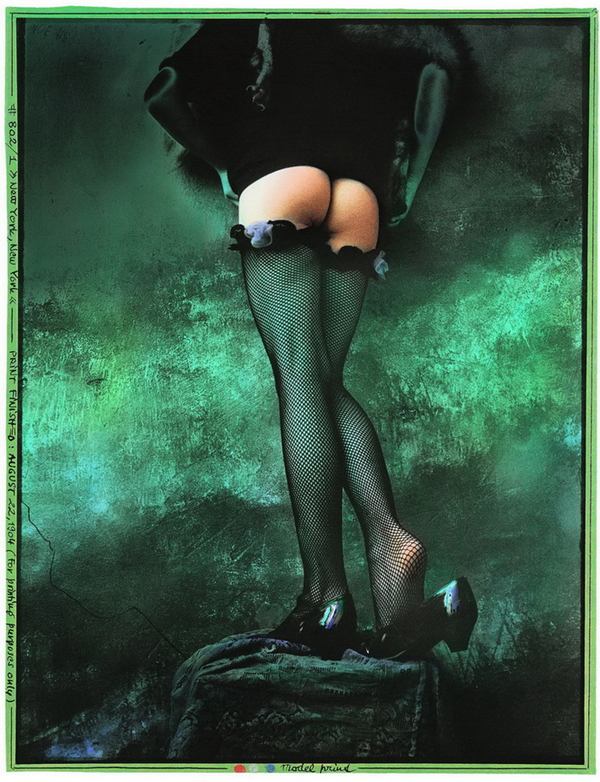

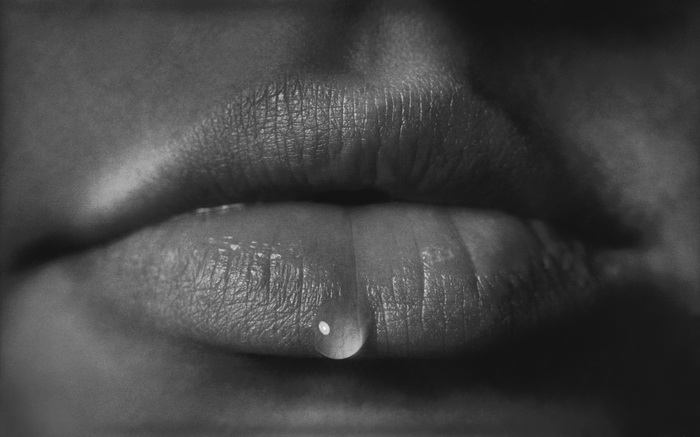
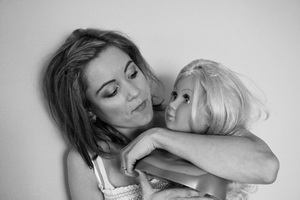

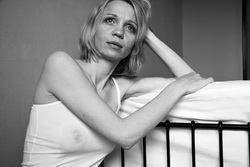

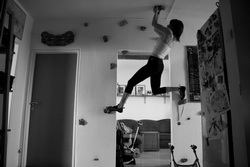

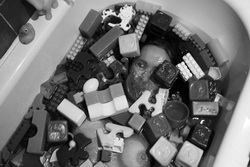
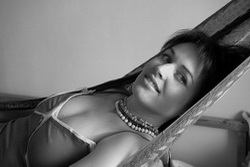

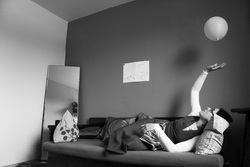
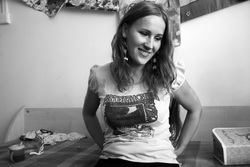
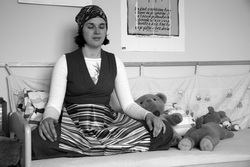

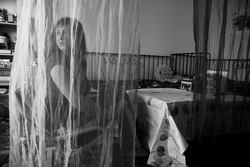
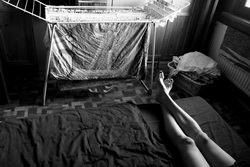


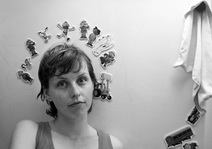
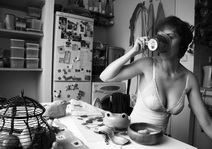


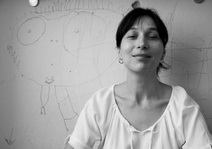
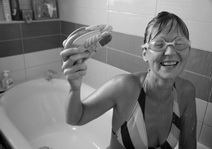

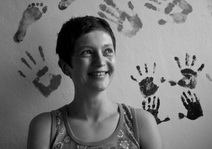

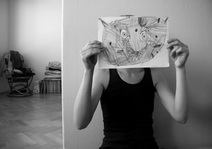
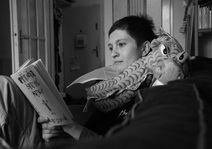

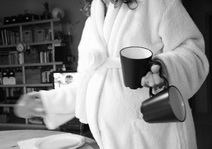
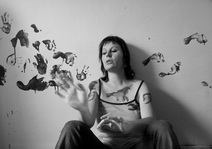
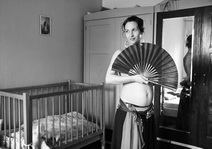
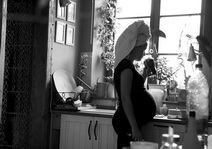
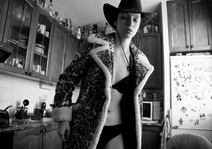

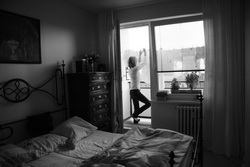


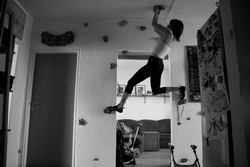
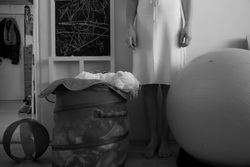
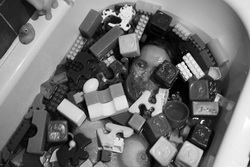
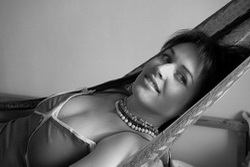
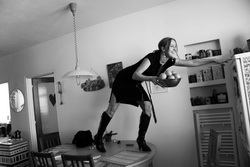
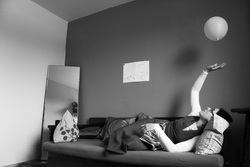
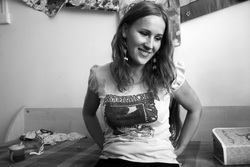
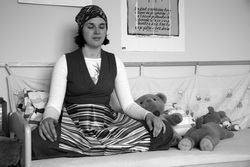


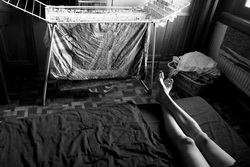

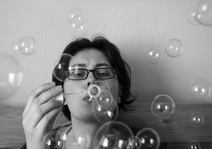

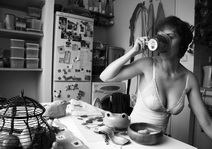

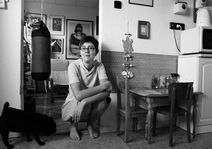
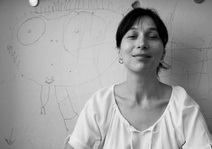


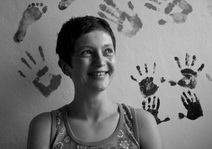

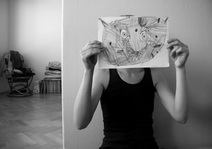

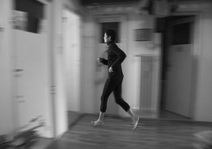
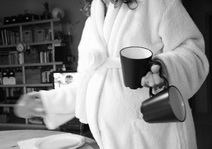

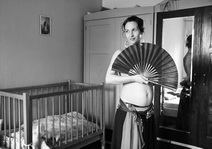
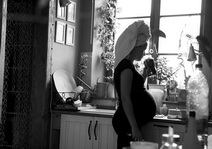
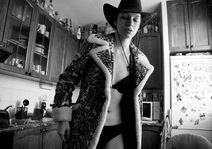
 Photography is a tumor. A long while ago, photography ceased to be the domain of Japanese tourists who spend their vacations with eye pressed against viewfinder. Then they come home and, with a square imprint on their face, look at the photos to find out where they were. Contemporary civilized humans need to have cameras on them at all times – even those in cell phones will do – so that they are able to make lasting memories of everything everywhere. (These lasting memories always last till they lose the phones.)
Photography is a tumor. A long while ago, photography ceased to be the domain of Japanese tourists who spend their vacations with eye pressed against viewfinder. Then they come home and, with a square imprint on their face, look at the photos to find out where they were. Contemporary civilized humans need to have cameras on them at all times – even those in cell phones will do – so that they are able to make lasting memories of everything everywhere. (These lasting memories always last till they lose the phones.) But some people really are different from the others – unlike normal people, they use their cameras 24/7. On literary servers, you can find polygraphs capable of puking out two novels in an afternoon; similarly, there are users on WoL able to shoot eleven weeks in a month. I suspect that some of them live just because they want to have something to show on WoL and that they, similarly to the above mentioned Japanese tourists, must have square imprints on their faces. In the evening, they sit down at their computers to find out what they actually did that day. The stories, though, are different: some people are like tourists fascinated by visiting their own lives; others take pictures for an endless family album; others still are creating a private, highly intimate diary, later to be shown to thousands of people.
But some people really are different from the others – unlike normal people, they use their cameras 24/7. On literary servers, you can find polygraphs capable of puking out two novels in an afternoon; similarly, there are users on WoL able to shoot eleven weeks in a month. I suspect that some of them live just because they want to have something to show on WoL and that they, similarly to the above mentioned Japanese tourists, must have square imprints on their faces. In the evening, they sit down at their computers to find out what they actually did that day. The stories, though, are different: some people are like tourists fascinated by visiting their own lives; others take pictures for an endless family album; others still are creating a private, highly intimate diary, later to be shown to thousands of people. The way one perceives his or her living space is also dependent on the equipment. In this respect, WoL is truly democratic: you can make pictures with whatever catches your fancy (I don’t exactly mean a woman with huge bosom or a chicken soup with noodles). For instance, I’m using a small pocket camera – despite its wide lens it doesn’t take up too much space, though it’s true I had to grow a beard because it’s pink and people might mistake me for a woman. With a big black camera I would definitely look like a better photographer, especially if it had a beige telephoto lens, but on the other hand, it would make me look a bit suspicious if I used it at a swimming pool.
The way one perceives his or her living space is also dependent on the equipment. In this respect, WoL is truly democratic: you can make pictures with whatever catches your fancy (I don’t exactly mean a woman with huge bosom or a chicken soup with noodles). For instance, I’m using a small pocket camera – despite its wide lens it doesn’t take up too much space, though it’s true I had to grow a beard because it’s pink and people might mistake me for a woman. With a big black camera I would definitely look like a better photographer, especially if it had a beige telephoto lens, but on the other hand, it would make me look a bit suspicious if I used it at a swimming pool.

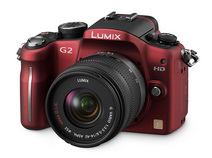
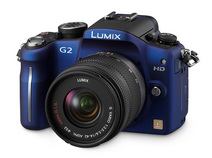



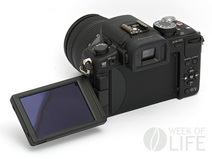
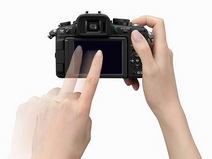




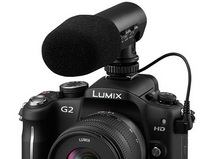



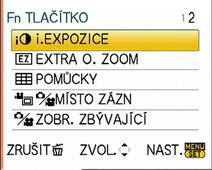
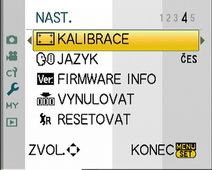

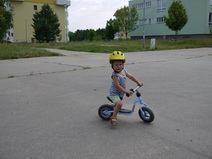
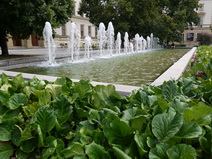
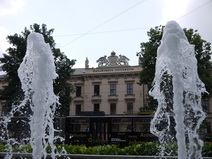
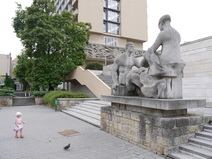


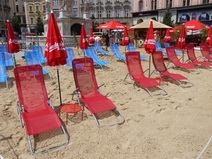

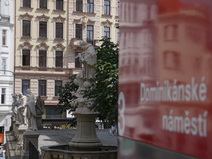

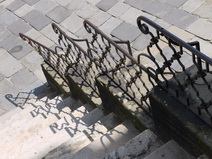
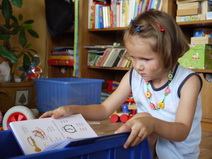
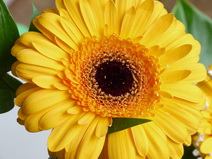

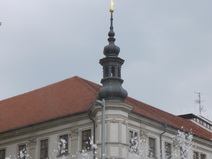




 Dostal jsem jméno Jan Flaška a ve svých 34 letech jsem se životem dotápal ke zjištění, že fotografie je poměrně zajímavý způsob, jak zabít aspoň kus svého bytí na této planetě. Dá se říct, že fotografování považuji za činnost, kterou si lze zpříjemnit čas, po který se mi nedaří jíst a spát a po který nejsem nucen pracovat. Jsem zaměstnán jako učitel informatiky na gymnáziu, kde usilovně pracuji s naší mládeží. V počátcích své pedagogické kariéry jsem zamýšlel sepsat práci „Význam pedagoga na polidštění mládeže“, po deseti letech v oboru chystám brožuru zcela opačného vyznění. Mimoto by mne velmi zajímalo, co je to ta „informatika“.
Dostal jsem jméno Jan Flaška a ve svých 34 letech jsem se životem dotápal ke zjištění, že fotografie je poměrně zajímavý způsob, jak zabít aspoň kus svého bytí na této planetě. Dá se říct, že fotografování považuji za činnost, kterou si lze zpříjemnit čas, po který se mi nedaří jíst a spát a po který nejsem nucen pracovat. Jsem zaměstnán jako učitel informatiky na gymnáziu, kde usilovně pracuji s naší mládeží. V počátcích své pedagogické kariéry jsem zamýšlel sepsat práci „Význam pedagoga na polidštění mládeže“, po deseti letech v oboru chystám brožuru zcela opačného vyznění. Mimoto by mne velmi zajímalo, co je to ta „informatika“.
